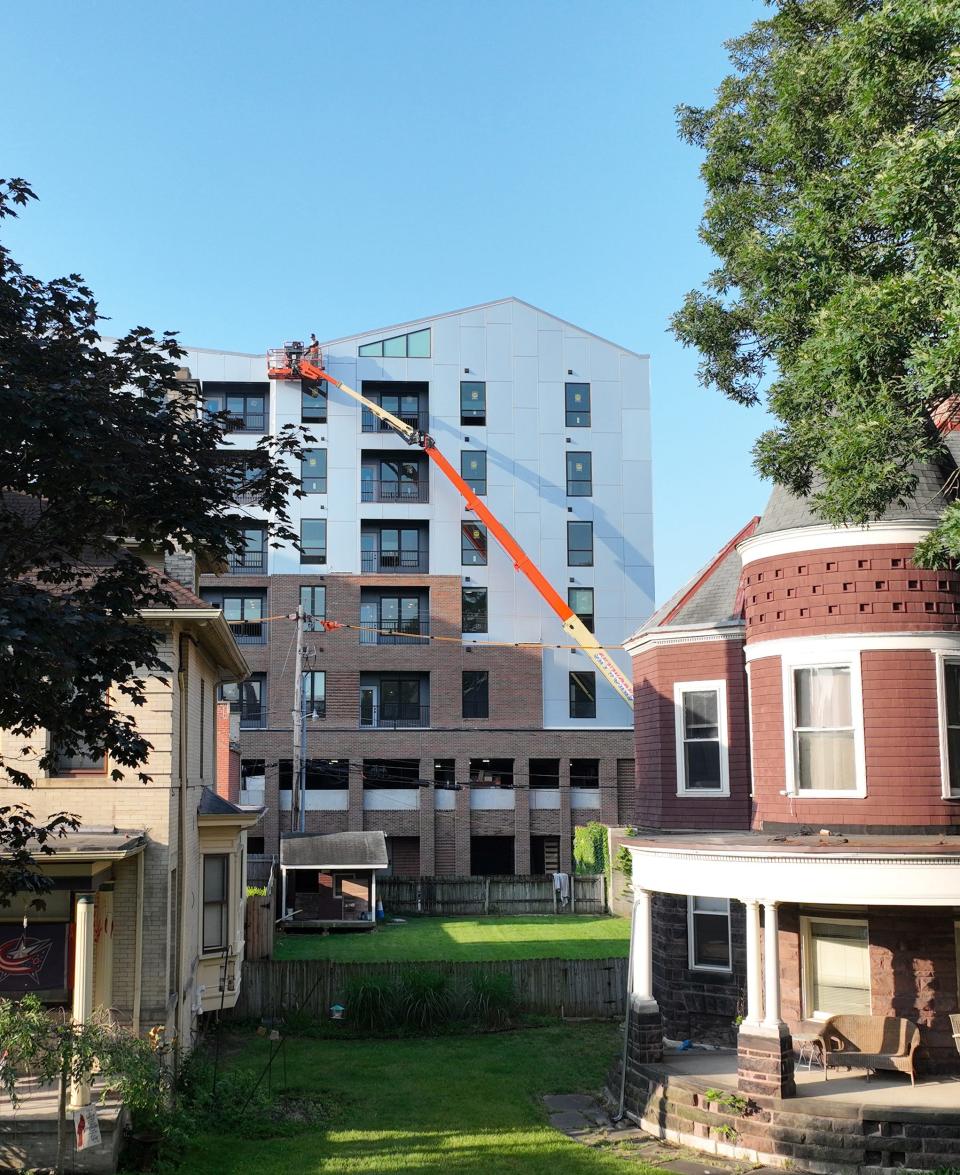Columbus must remain affordable. Zone in key to city's future.
When you think of the perfect city, what comes to mind? Tall buildings and reliable mass transit? Cultural diversity and limitless cuisine options? The ability to walk to a grocery store, restaurant or entertainment venue?
Cities have so much to offer, but far too many Americans are being forced to choose between city living and their wallets. However, the appeal of up-and-coming cities like Columbus is enticing folks nationwide to make the move – a wise choice.

Moving to Columbus is an attractive option for a variety of reasons, but some folks fear that the cost-of-living in the Midwest will start looking like the East Coast. Thankfully, Columbus City Council is getting ahead of the curve with a new proposal that would help lower housing costs long term.
Columbus is following the positive lead of other large cities
With the incredible number of hot-button issues on the minds of voters, it’s easy to overlook some of the more “boring” discussions, such as zoning policy, despite its saliency.

Right now, we are seeing cities and states across the country do everything they can to mitigate the housing crisis in their respective regions. New York City is currently scrambling to ease the burden of its housing shortage and is trying to make up for the decades of underdevelopment with the City of Yes plan.
Over in the state of Colorado, Governor Jared Polis just signed several bills to increase housing opportunities.
Columbus is getting in on the action too, with their new Zone In Columbus initiative – a proposal that would reshape the city’s 70-year-old zoning code. Some of the proposed changes include upzoning select corridors, allowing more mixed-use development and eliminating minimum parking requirements. Not only are these changes a huge step in the right direction towards building a more walkable, more resilient city, but these changes are a necessity if we want to prepare our great city for future growth.
The Columbus metro area has a population of approximately 2.4 million residents, and studies show that Columbus is one of the fastest growing cities in the nation with a forecasted population of over 3 million by 2050. By starting to revamp the city’s zoning code now, the city’s administration has shown a commitment to lead in ways where other city officials have long failed.
To put things into perspective: In 2021, NYC only had 3.5 million units of housing for a population of 8.7 million people. Within the tri-state area, housing supply has been woefully unable to meet the demand and skyrocketing rental costs consistently price-out tenants who have lived in the geographic region for their entire lives.
Columbus administrators are taking the initiative and learning from the mistakes of their municipal counterparts by getting ahead of the curve. Not only does Zone In directly address vital issues with evidence-based practices and data-informed policy, but the proposal also takes into consideration the concerns of residents who are more skeptic about urbanization.
Zone In looks at infrastructure for the community
There is a lot of emphasis on doing this right, in a way that incentivizes creating more density while also supporting design standards that alleviate concerns over preserving neighborhood character. In addition to that, it includes incentives for allocating more affordable housing units. Furthermore, this is being done in a highly transparent manner, with endless ways for project administrators to collect feedback and receive community input.
The City of Columbus is doing so many things right – but both the city and state can still take a few steps further to transform the entire central Ohio region into a thriving hub of opportunity. Similar to what is being done with the zoning code, we need to take a closer look at everything in order to evaluate whether or not many of the current policies are working for people.
Sometimes, we just need to try something new. By implementing smart, bold public policy, we are strengthening our communities, investing in people and build a more sustainable future – a future filled with mass transit, green technology, less car-centric infrastructure, walkable communities and economic revitalization.
Policy decisions can either propel us into the future or drag us backwards.
Sure, zoning code updates might not seem all that interesting at first glance, but upon taking a deeper look and seeing how necessary this truly is, you might develop a newfound appreciation for the forward-thinking approach being taken with Zone In Columbus.
Brianna Coyle is the chapter lead for the Columbus New Liberals, a local advocacy group that advocates for center-left policies and candidates.
This article originally appeared on The Columbus Dispatch: Columbus is at a key point in its history. We must get zoning right.

